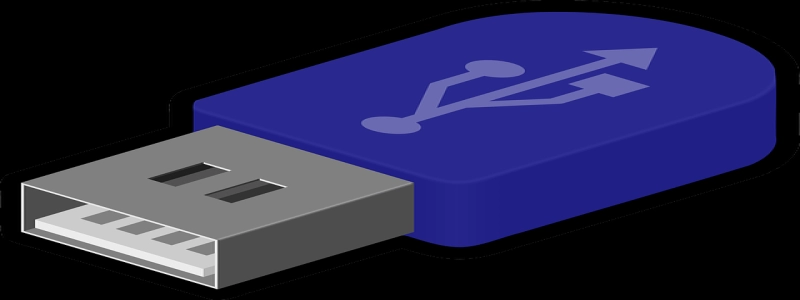Getting Ethernet Ports Installed
Introduktion:
Ethernet ports are essential for connecting devices to a wired network. Whether you are setting up a new office space or upgrading your existing network infrastructure, installing Ethernet ports is a crucial step. This article will guide you through the process of getting Ethernet ports installed, from planning to implementation.
jeg. Planning:
1. Evaluate network requirements: Before getting Ethernet ports installed, assess your network requirements. Consider the number of devices that need to be connected, the distance between devices and the network switch, and the required network speed.
2. Determine port locations: Identify the ideal locations for Ethernet ports. Consider accessibility, proximity to devices, and the availability of power outlets. Sketch a layout plan to map out the installation points.
3. Calculate cabling needs: Measure the length of cables required for each location and add extra length for flexibility. Consider the type of cable, such as Cat5e or Cat6, based on network speed requirements.
II. Installation:
1. Gather materials and tools: Purchase Ethernet cables, keystone jacks, wall plates, a punch-down tool, and a cable tester. Ensure that you have the necessary tools, such as a drill, screws, and a screwdriver, for mounting wall plates.
2. Install wall plates: Use a stud finder to locate the wall stud, ensuring a sturdy installation. Use a drill to create a hole, insert the wall plate, and secure it with screws. Repeat this step for each desired location.
3. Run cable: Measure and cut the required cable length. Start at the network switch location and run the cable through walls or ceilings, following the layout plan. Use cable clips or conduits to secure the cable and prevent any damage.
4. Terminate cables: At each desired location, terminate the cable by attaching a keystone jack. Use a punch-down tool to secure the cables into the jack and ensure proper connectivity. Test the terminated cable using a cable tester.
5. Connect devices: Once the ports are installed, connect devices to the Ethernet ports using patch cords. Test each connection to ensure proper functioning.
III. Fejlfinding:
1. Check cable connectivity: If a port is not working, ensure that the cable is properly terminated at both ends. Re-punch or replace the keystone jack if necessary.
2. Verify network switch configuration: Ensure that the port on the network switch is activated and properly configured. Consult the switch’s manual for instructions on configuration.
3. Test network connection: Use a cable tester to check the connectivity of the Ethernet port. This will help identify any faults or errors in the installation.
4. Seek professional assistance: If troubleshooting steps do not resolve the issue, consider contacting a professional IT service provider for assistance. They can diagnose and fix any complex issues related to the Ethernet port installation.
Konklusion:
Installing Ethernet ports is a crucial step in setting up a reliable, high-speed network. Proper planning and implementation are necessary to ensure successful installation. Ved at følge de trin, der er beskrevet i denne artikel, you can get Ethernet ports installed efficiently and effectively. Remember to troubleshoot any issues, and seek professional assistance if needed.








